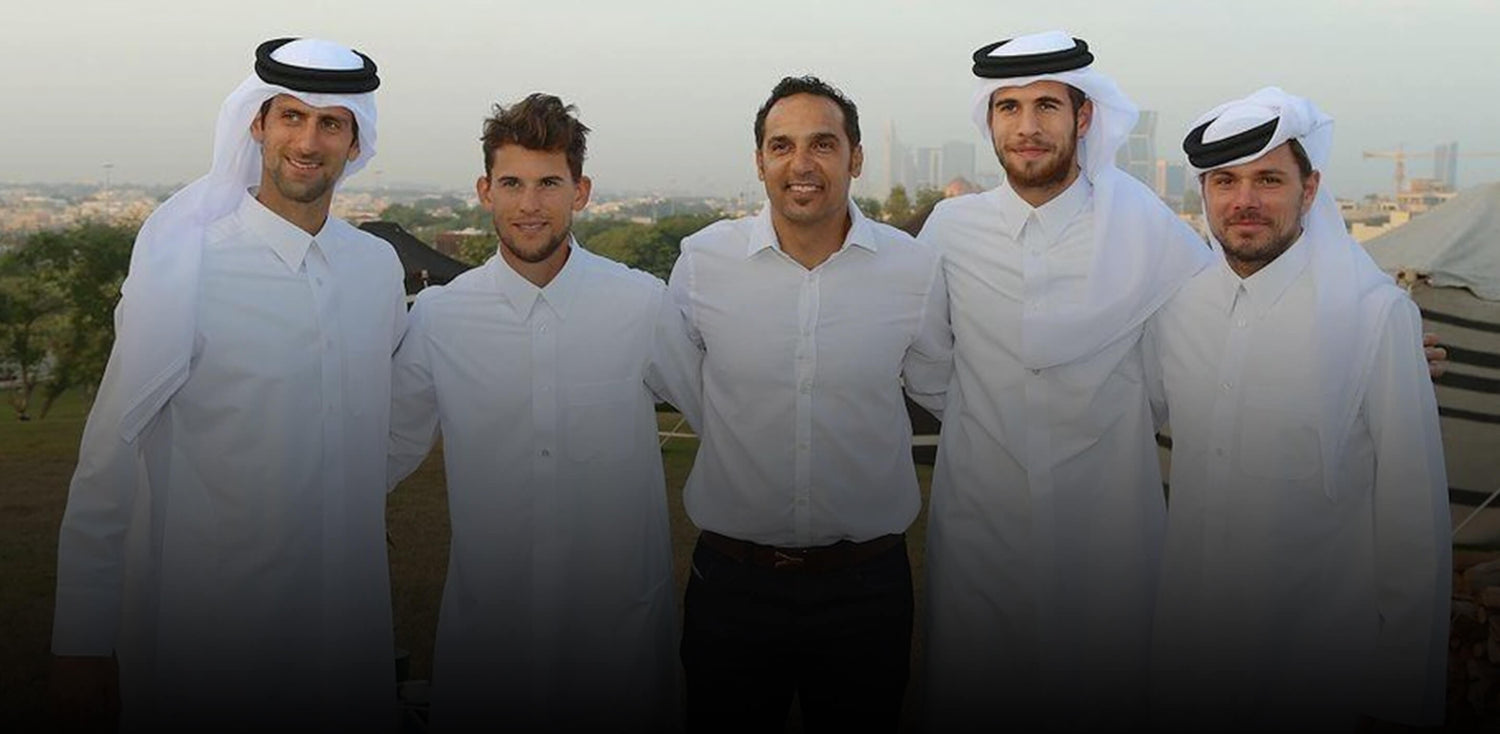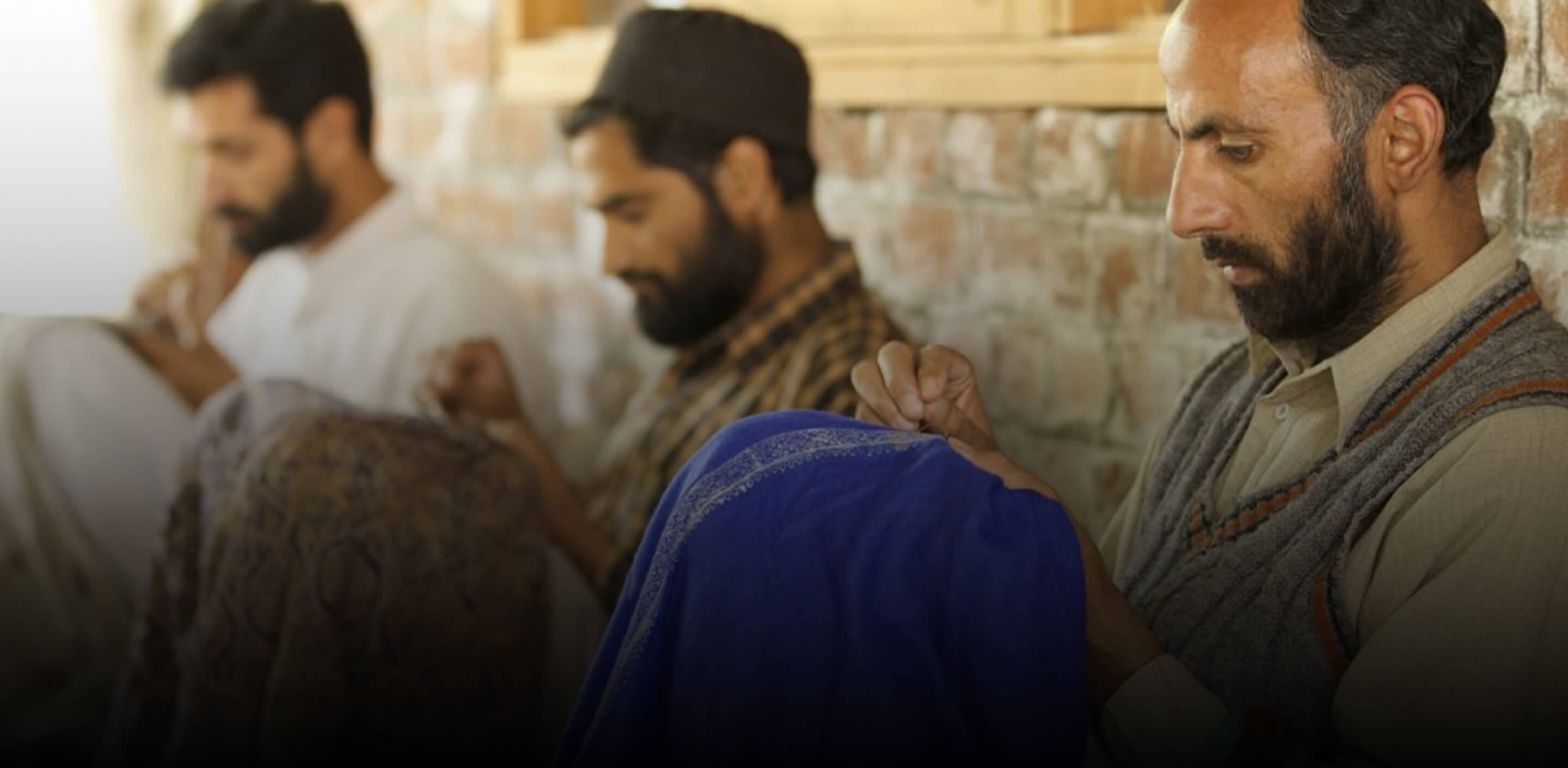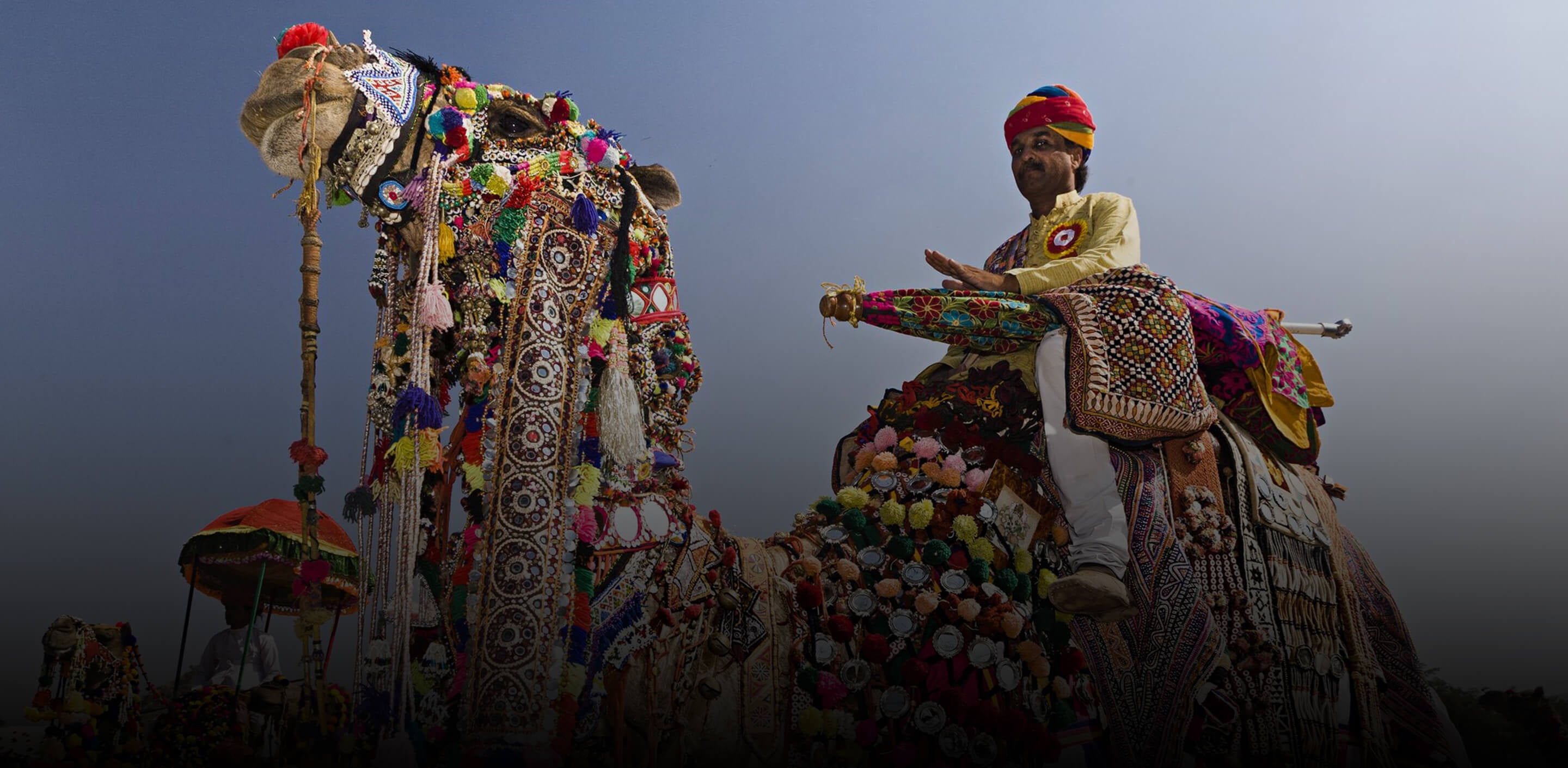All across the world, people dress in a wide variety of styles and fabrics to combat the elements and express their individuality.
Because of individual tastes and the wide range of cultural, economic, and environmental factors that impact people's wardrobe decisions, it is often possible to infer a person's background just by observing their choice of clothing's color scheme, material, and pattern.
The Arab World is no exception; for centuries, Arabs there have worn clothes that mirrored their local culture. Although Arabs in the MENA region share a common religion and culture, the region of the Arabian Peninsula is easily distinguished by the unique traditional clothing that evolved in response to the arid climate. These clothes, which are some of the most well-known in the world, are very simple, but they have been around for a long time because they are the best way to deal with the weather there.
What historical events led to the development of the modern thobe?

Each citizen of the Arabian Peninsula needs clothing that can shield them from the scorching sun and sandstorms and also keep them warm in the colder months. Plain clothes with a head covering, like a turban or a headband, have proven to be a practical and smart way for people to deal with the harsh natural environment they have had to deal with in order to survive.
The traditional dress of the Arabian Peninsula dates back to a period before Islam. It is believed that the first depictions of people wearing the shemagh (a kind of head covering) were of Sumerian priests. Its origin is "ash makh," which in ancient Sumerians meant "big head cover," according to certain dictionaries. Fish fins and red letters considered to symbolize compassion and bestowal were among them. Old Iraqi legends say that the latter were woven into the fabric to "drive out bad spirits and ideas" from the wearer's mind.
It's possible that the white ghutra is connected to the turban. The hood is simply dipped so that it covers as much of the wearer's head and face as necessary to ward off the elements and the heat of the sun. It's worn around the head with the use of an iqal (headband), a strong rope woven from sheep's wool. Haydar Al-Nasser, a historian, says that the word "iqal" comes from the Arabic word "aqil," which means to tie something so it doesn't get lost. This is what the Prophet (Peace Be Upon Him) said: "Tie your camel and trust in Allah."
Traditional Dress of Saudi Arabia

The ghutra or shemagh has evolved throughout the years after HM King Abdulaziz's unification of the Arabian Peninsula into a symbol of Saudi national identity. White was chosen to reflect the sun's rays, and the cut of the clothes allows air to flow around the body, decreasing the buildup of heat. The popular white thobe has grown from its original form as a garment made of breathable cotton and is worn every day around the kingdom.
In the colder months, Saudis like to wear darker colors like brown and navy and bulkier fabrics like tweed or wool. However, this did vary somewhat depending on the region, the season, and the occasion. There is also the jebba, which is a long tunic worn over the shirt, and the sedairi, a vest made of broadcloth worn by some. A dagger is positioned south of the central belt to symbolize masculinity and courage. High-ranking officials wear a bisht, also known as a mashlah, for formal events, often in bright colors during the day and darker colors at night.
Initiatives have recently evolved to "modernize" the traditional Arabian dress, as is usual in the dynamic fashion industry. Traditional garments have been updated via the use of modern techniques and materials, such as embroidery and Arabic calligraphy as embellishments. Most young people like this trend since they see it as a continuation and celebration of Saudi traditions; however, other individuals who claim to care about Saudi identity and traditional attire have spoken out against it.
No matter what the circumstances, wearing our traditional clothing unites us as Saudis. In addition, they serve as emotional anchors that bind us to our roots in the same place, to our loved ones there, to Saudi culture, and to one another. These are the kinds of relationships that last a lifetime, and we would never do anything to damage them.
FAQ
What do men wear under Kandora or Thobe?
The white robe, also known as thoub/thobe, dishdasha, or kandora, is the principal article of clothing for Gulf males and is often worn with a pair of loose-fitting sirwal, which may be long or short.
Is thobe really important in Islam?
The ghutra and thobe are also significant elements of Islamic culture because they allow the user to dress modestly.
We also happen to be a magnet for suggestions, and would love to catch yours….throw us yours on hello@fabriclore.com






Leave a comment
This site is protected by hCaptcha and the hCaptcha Privacy Policy and Terms of Service apply.